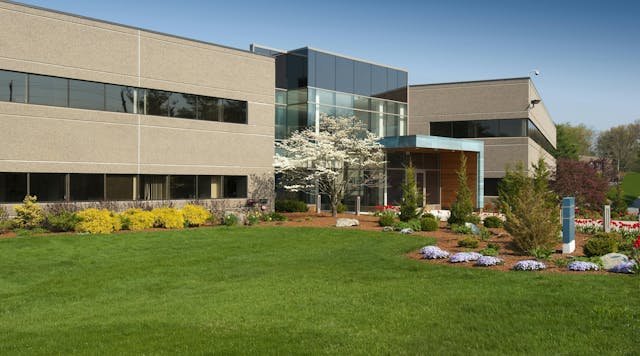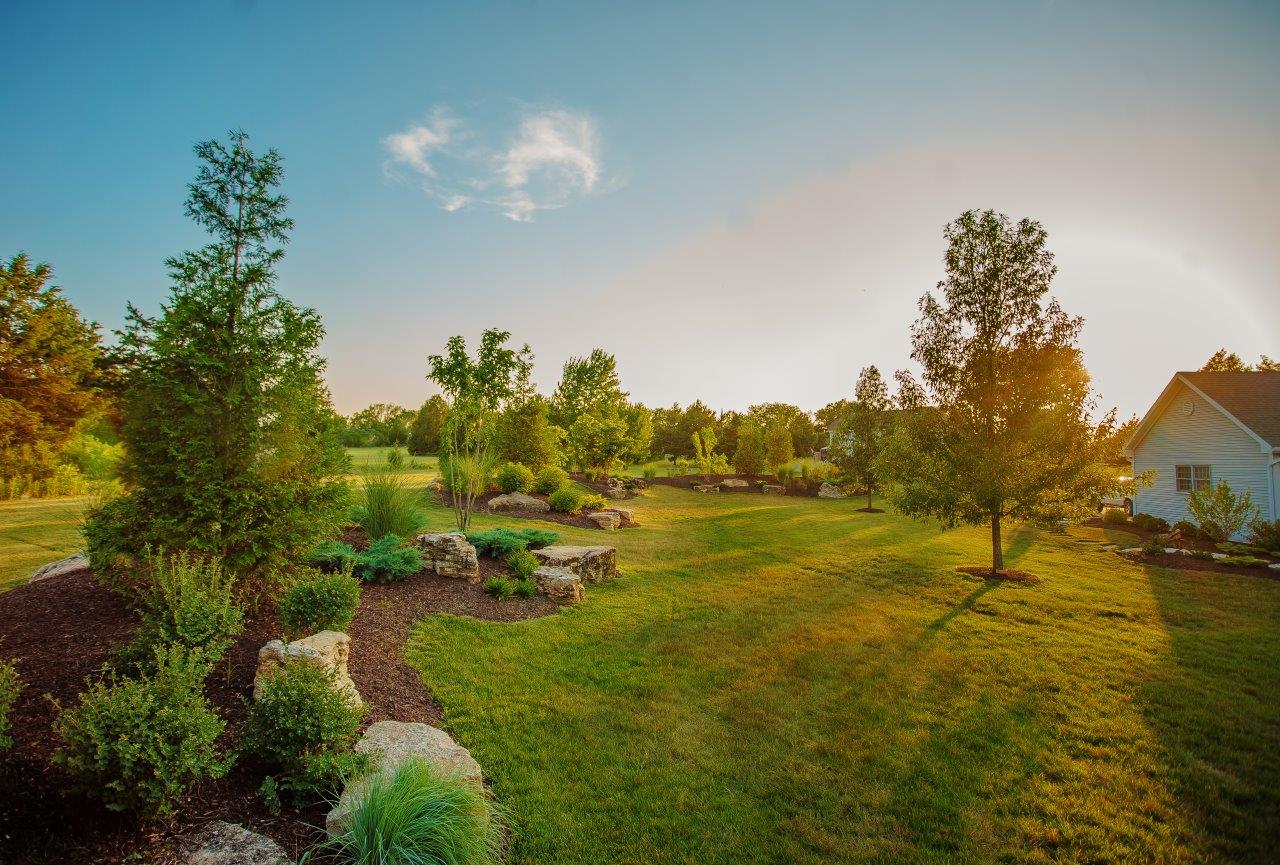Some Known Questions About Hilton Head Landscapes.
Some Known Questions About Hilton Head Landscapes.
Blog Article
The 6-Minute Rule for Hilton Head Landscapes
Table of ContentsThe Best Strategy To Use For Hilton Head Landscapes9 Simple Techniques For Hilton Head LandscapesHow Hilton Head Landscapes can Save You Time, Stress, and Money.5 Easy Facts About Hilton Head Landscapes ShownSome Known Facts About Hilton Head Landscapes.Hilton Head Landscapes - TruthsGetting The Hilton Head Landscapes To WorkNot known Details About Hilton Head Landscapes
Type compatibility is additionally a major component of unity in designone or 2 strikingly different forms are excellent for comparison and focus, however usually all other types should have some resemblances for a combined look. Appearance describes exactly how rugged or fine the surface of the plant or hardscape product feels and/or looks.
Examples of plants with coarse texture include philodendrons, agaves, bromeliads, hollies, hands, and hydrangeas. Characteristics that create great appearance consist of small foliage; thin, strappy leaves (yards) or high, slim stems; small, dense branches and tiny branches; long stems (vines); and small, delicate blossoms.
Unknown Facts About Hilton Head Landscapes
The majority of plants are average texture, because they can not be described as having either rugged or great appearance. They are characterized by medium-sized fallen leaves with easy forms and smooth edges. The average-sized branches are not largely spaced neither commonly spaced, and the total form is typically rounded or mounding. Medium-textured plants function as a history to link and link the coarse- and fine-textured plants.

To make an area really feel smaller, position the crude textures along the outer boundary and the fine structures closest to the audience. The detail of the crude appearance makes the plants show up closer and makes the area feel smaller. The perceived structure of plants can also alter with the range from the plant.
Hilton Head Landscapes Things To Know Before You Get This
Vibrant shades boost the contrast and make the appearance show up coarser, while muted shades can flatten structure. Hardscape with a coarse texturesuch as very harsh rocks and bold, huge timberstends to make all plant material appear a lot more moderate textured. Developers often develop a structure study (Number 8) on paper to assist choose the arrangement of plant products.
Figure 8. Texture study. Color in plant product and hardscape includes rate of interest and variety to the landscape. Color is one of the most noticeable component in the landscape and is usually the emphasis of a lot of property owners; nonetheless, it is also one of the most short-term component, usually lasting just a few weeks a year for private plants.
The Main Principles Of Hilton Head Landscapes
An easy description of the color wheel consists of the 3 key colors of red, blue, and yellow; the three additional colors (a mix of 2 primaries) of green, orange, and violet; and 6 tertiary colors (a mix of one surrounding key and second shade), such as red-orange. Color concept clarifies the connection of shades to each other and just how they should be utilized in a make-up.

Comparable (in some cases called unified) color plans are any kind of 3 to 5 shades that are adjacent on the shade wheel, such as red, red-orange, orange, yellow-orange, and yellow, or blue, blue-violet, and violet (bluffton landscaping). The shades belong to every other since they normally consist of 2 primary colors blended to form a secondary and two tertiary colors, which implies they share common properties
They tend to have high contrast in between them. One of the most usual collections are violet and yellow, red and environment-friendly, and blue and orange. Complementary shades are frequently found naturally in flowers; an usual set is yellow and violet. Shade is discovered in the flowers, vegetation, bark, and fruit of plants.
The Hilton Head Landscapes Ideas
Eco-friendly vegetation in all its numerous shades is the leading color by amount, however other shades capture focus quicker due to their high comparison to the color environment-friendly. Color is also discovered in buildings, rocks, pavers, timber, and furniture. A lot of shades in all-natural materials, such as stone and timber, are commonly soft and often tend to be variations of brownish, tan, and pale yellow.
Shades have residential properties that can influence feelings, spatial understanding, light quality, balance, and focus. Trendy shades often tend to be soothing and should be used in locations for relaxation and serenity.
9 Easy Facts About Hilton Head Landscapes Explained
Amazing shades tend to recede and are viewed as being further away, making a space really feel larger. Color can also be utilized to catch interest and straight sights.
As an example, bright yellow, which has the highest possible intensity, likewise has a high contrast with all various other shades (frequently referred to as a "pop" of color) and must be conserved. A small amount of intense color has as much visual weight as a huge amount of a much more suppressed or weaker shade.
Comparable (often called unified) color pattern are any kind of three to five colors that are adjacent on the shade wheel, such as red, red-orange, orange, Recommended Reading yellow-orange, and yellow, or blue, blue-violet, and violet. The shades relate to each various other since they generally include 2 main colors mixed to create a secondary and 2 tertiary shades, which implies they share typical properties.
The Buzz on Hilton Head Landscapes
They have a tendency to have high contrast in between them. One of the most common collections are violet and yellow, red and green, and blue and orange. Complementary shades are frequently located naturally in flowers; a common pair is yellow and violet. Shade is discovered in the blossoms, foliage, bark, and fruit of plants.
Environment-friendly foliage in all its various shades is the dominant shade by amount, however various other shades capture attention a lot more conveniently due to their high contrast to the color eco-friendly - landscapers in bluffton sc - https://peatix.com/user/22927863/view. Color is also located in buildings, rocks, pavers, timber, and furniture. Most colors in natural products, such as stone and timber, are generally low-key and have a tendency to be variations of brown, tan, and light yellow
The Main Principles Of Hilton Head Landscapes
Color is a vital aspect for creating rate of interest and selection in the landscape. Shades have residential or commercial properties that can influence feelings, spatial assumption, light top quality, equilibrium, and focus. One residential or commercial property of shade is defined loved one to temperaturecolors appear to be trendy or cozy and can affect emotions or sensations. Trendy shades tend to be relaxing and should be utilized in areas for relaxation and tranquility.
The "temperature" of shades can also impact the perception of distance. Great shades have a tendency to recede and are perceived as being further away, making a room really feel larger. Cozy colors tend to advancement and are viewed as being better, making a space really feel smaller sized. Color can additionally be made use of to catch focus and direct views.
Intense yellow, which has the highest intensity, additionally has a high comparison with all other colors (frequently defined as a "pop" of color) and must be utilized sparingly. A tiny quantity of extreme color has as much visual weight as a big amount of a more controlled or weaker color.
Report this page